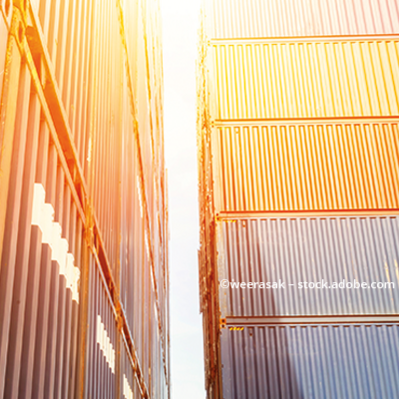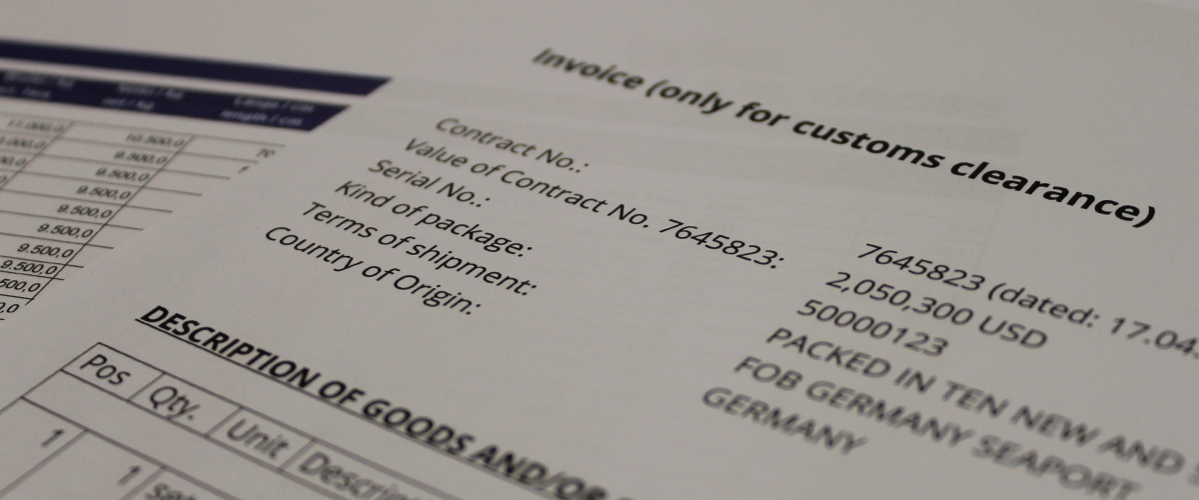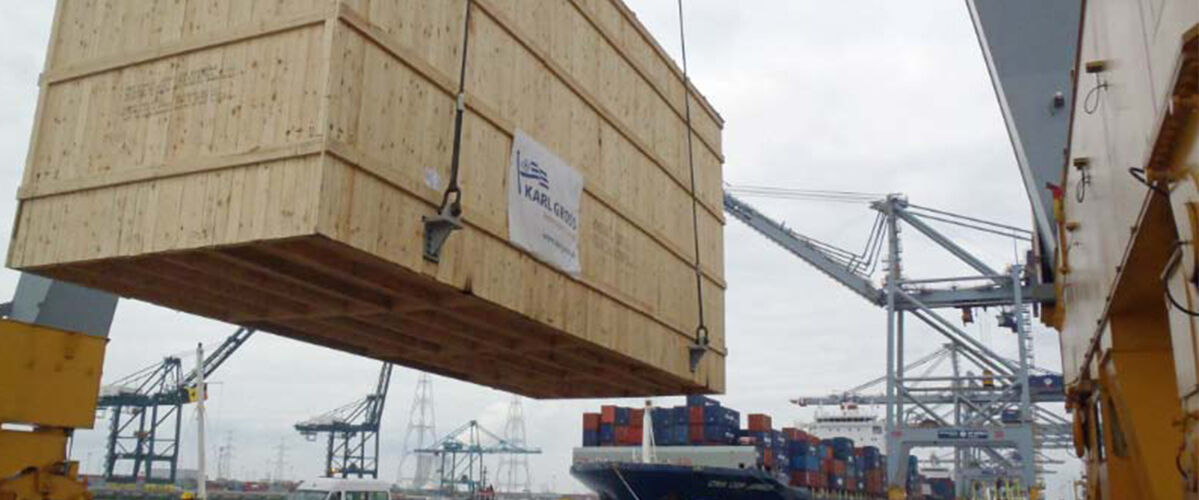Cross-country: transports to China via container train
Cross-country freight traffic of containerized cargo between Northern Europe and China via railway has evolved as a third shipping option over the past years – next to shipping via ocean freight and via air freight. As production centers in the Chinese hinterland gain importance, so does this transport method, especially if goods are destined to or coming from “the Chinese West”.
When is container shipping via railway a useful alternative and which are the important facts to know? In this article we take container freight traffic originating in Germany as an example to provide an overview on railway shipping procedures and we shed light on parameters that need to be considered when planning to use such services.
Faster than ocean freight – cheaper than air freight
For some consignments the transit times in ocean freight shippings are too long. Still, investing in a very quick but rather costly air freight shipment might not be necessary, yet. In this case, transportation via railway may be an alternative – especially when goods are destined to the Chinese hinterland.
Several important production and trading centers in this area have excellent connections to international train stations. Corresponding inland container depots are easy to reach for trucks, allowing for efficient pick-up of the containers for on-forwarding to the place of delivery.
Transit times of the container freight trains are currently between 15 to 20 days, depending amongst other things on the train station of departure in Germany – for example Hamburg, Duisburg and Nuremberg – and the train station of discharge in China – for example Chongqing, Xian or Wuhan and other options on request. Carriers offer several departures per week ex Germany.
Services for full container load (FCL) and piece goods (LCL)
The main container type used in railway freight traffic on this route are 40ft. Container – dry standard or high cube. Carriers offer transportation of 20ft dry standard containers in pairs only. Services for shipping of general cargo/piece goods is available, too. Containers for LCL shipments are stowed at central hubs, for example in Hamburg or Duisburg. In China, the LCL containers are unloaded at inland container depots where goods are loaded onto trucks for on-forwarding.
Precise pre-planning and detailed preparation are important for transporting containerized cargo via railway service, especially as there are differences in planning and preparing the transport compared to transportation via air freight or via ocean freight. For example: some countries, which the container trains pass through, prohibit the transit of certain goods. Carriers generally check whether or not the goods declared for shipping are prohibited for transit.
Indispensable: the stowage plan
Before deciding which or how many containers are needed, the maximum weight of a loaded container accepted, needs to be checked. Weight limitations per container vary depending on the carrier.
The stowage of a container needs to be documented. Carriers require a stowage plan for each container including photographs. The background is: On their way to and from China, the containers need to be trans-loaded by crane. In Russia and some adjacent countries there is a narrow-gauge rail system which is unsuitable for “Western trains”. At the Chinese border the container are transloaded again; this time onto a Chinese train, as the Chinese and Russian rail systems are different, too.






